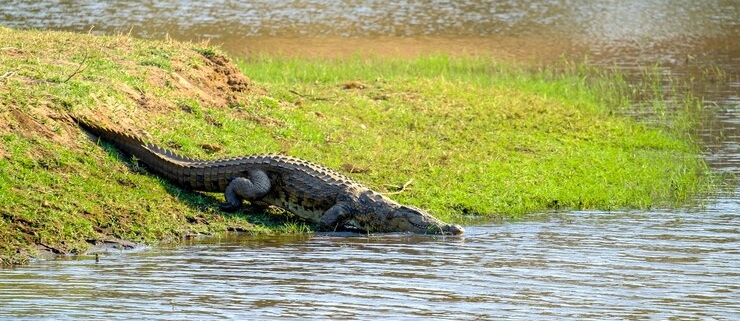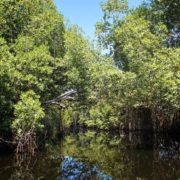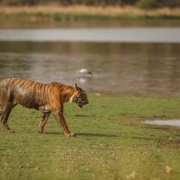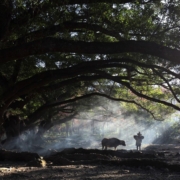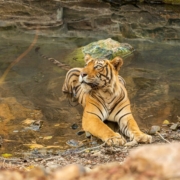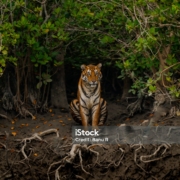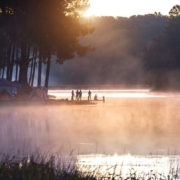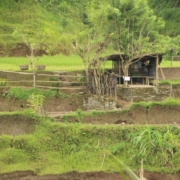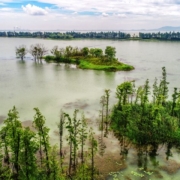Crocodile Spotting in Sundarban: Thrilling Encounters
The Sundarbans, a vast mangrove forest located in the delta of the Ganges, Brahmaputra, and Meghna rivers, is a UNESCO World Heritage Site renowned for its unique ecosystem and rich biodiversity. Among its many inhabitants, the elusive and formidable saltwater crocodile stands out as one of the most exciting creatures to spot. For adventure seekers and wildlife enthusiasts, crocodile spotting in the Sundarbans offers a thrilling encounter with nature’s most ancient predator. Here’s everything you need to know about experiencing this extraordinary activity on your Sundarban trip or Sundarban tour.
The Magnificent Saltwater Crocodile
The saltwater crocodile (Crocodylus porosus) is the largest of all living reptiles, capable of reaching lengths up to 23 feet and weighing over a ton. In the Sundarbans, these crocodiles thrive in the brackish and tidal waters, making them a fascinating, albeit elusive, subject for wildlife enthusiasts. Known for their powerful jaws and stealthy hunting techniques, spotting a saltwater crocodile in the wild is an exhilarating experience.
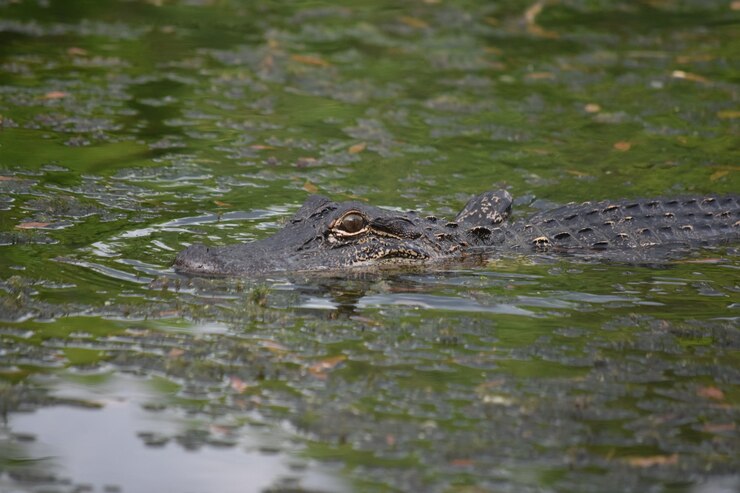
Why Choose a Sundarban Trip for Crocodile Spotting?
- Unique Habitat: The Sundarbans offers a unique habitat for saltwater crocodiles. The region’s dense mangroves, tidal rivers, and swamps create an ideal environment for these reptiles. Unlike other locations, the Sundarbans’ labyrinthine waterways and remote islands provide an authentic setting for observing crocodiles in their natural habitat.
- Expert Guidance: Undertaking a Sundarban tour allows you to benefit from the expertise of local guides and naturalists who are well-acquainted with the region’s wildlife and geography. Their knowledge enhances your chances of spotting crocodiles and ensures that the experience is both safe and educational.
- Thrilling Experience: Crocodile spotting in the Sundarbans offers a blend of excitement and challenge. Navigating the region’s waterways in small boats or on guided tours adds an element of adventure, making the encounter with these powerful creatures all the more thrilling.
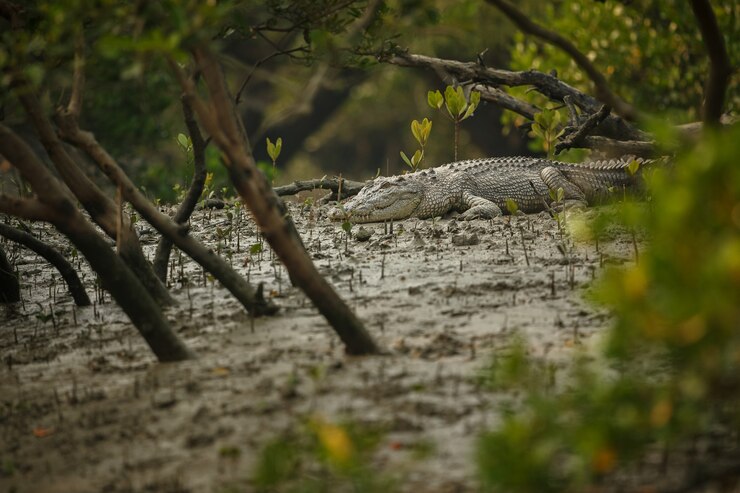
Tips for an Exciting and Safe Sundarban Crocodile Spotting Experience
- Choose the Right Time: The best time for crocodile spotting in the Sundarbans is during the winter months, from November to February, when the weather is cooler and the crocodiles are more active. During this period, the chances of spotting these magnificent reptiles are higher.
- Opt for Guided Tours: A Sundarban tour with experienced guides increases the likelihood of a successful crocodile sighting. Guides have a keen understanding of crocodile behavior and the best locations for spotting them. They also ensure that you adhere to safety protocols, such as maintaining a safe distance and avoiding sudden movements.
- Prepare for the Environment: The Sundarbans can be challenging terrain with its muddy banks and dense vegetation. Wear appropriate clothing and footwear to handle the conditions. Bring binoculars and a camera with a good zoom lens to capture distant sightings without disturbing the wildlife.
- Respect Wildlife: While the excitement of spotting a crocodile can be intense, it is crucial to respect wildlife and their habitat. Avoid making loud noises or disturbing the animals. Following guidelines from your tour guides ensures a responsible and safe wildlife observation experience.
- Be Patient and Observant: Spotting crocodiles requires patience and keen observation. Crocodiles are masters of camouflage and can blend seamlessly with their surroundings. Stay alert and keep a lookout for signs such as tracks, splashes, or the occasional glimpse of their powerful tails.
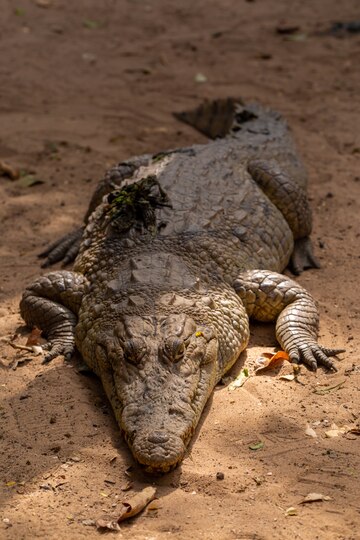
Enhancing Your Sundarban Experience
In addition to crocodile spotting, a Sundarban trip offers opportunities to explore other aspects of this incredible ecosystem. From observing diverse bird species and rare wildlife to experiencing local culture and traditional fishing methods, the Sundarbans provide a rich tapestry of experiences.
Participating in boat rides through the intricate network of waterways and mangroves not only heightens the chances of encountering crocodiles but also immerses you in the natural beauty of the region. Each journey through the Sundarbans reveals new facets of its vibrant ecosystem, making it a memorable adventure.
Conclusion
Crocodile spotting in the Sundarbans is a thrilling and unforgettable experience for wildlife enthusiasts and adventure seekers. With its unique habitat, expert-guided tours, and the sheer excitement of encountering one of nature’s most formidable predators, the Sundarbans stands out as a premier destination for this exhilarating activity. Whether you’re embarking on a dedicated Sundarban tour or including crocodile spotting as part of your Sundarban trip, the opportunity to witness these magnificent creatures in their natural habitat promises a remarkable adventure.
FAQs
When is the best time to go crocodile spotting in the Sundarbans?
The best time for crocodile spotting in the Sundarbans is from November to February. During these cooler months, crocodiles are more active and visible, and the weather conditions are more favorable for travel and wildlife observation.
How can I book a Sundarban tour for crocodile spotting?
You can book a Sundarban tour through various travel agencies and wildlife tour operators that specialize in the region. Look for tours that include expert guides and emphasize wildlife spotting, including crocodiles. Ensure that the tour operator is reputable and experienced in organizing wildlife excursions.
What should I expect during a crocodile spotting tour?
During a crocodile spotting tour, you will typically navigate the Sundarbans’ waterways in a boat or canoe. Expert guides will assist in locating crocodiles and provide information about their behavior and habitat. The experience includes observing wildlife, navigating through mangrove forests, and enjoying the natural beauty of the region.

